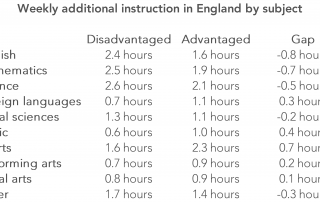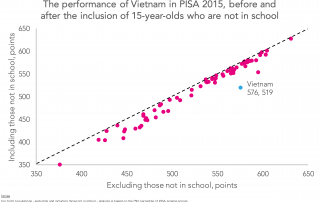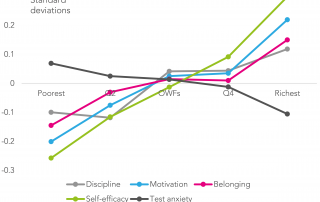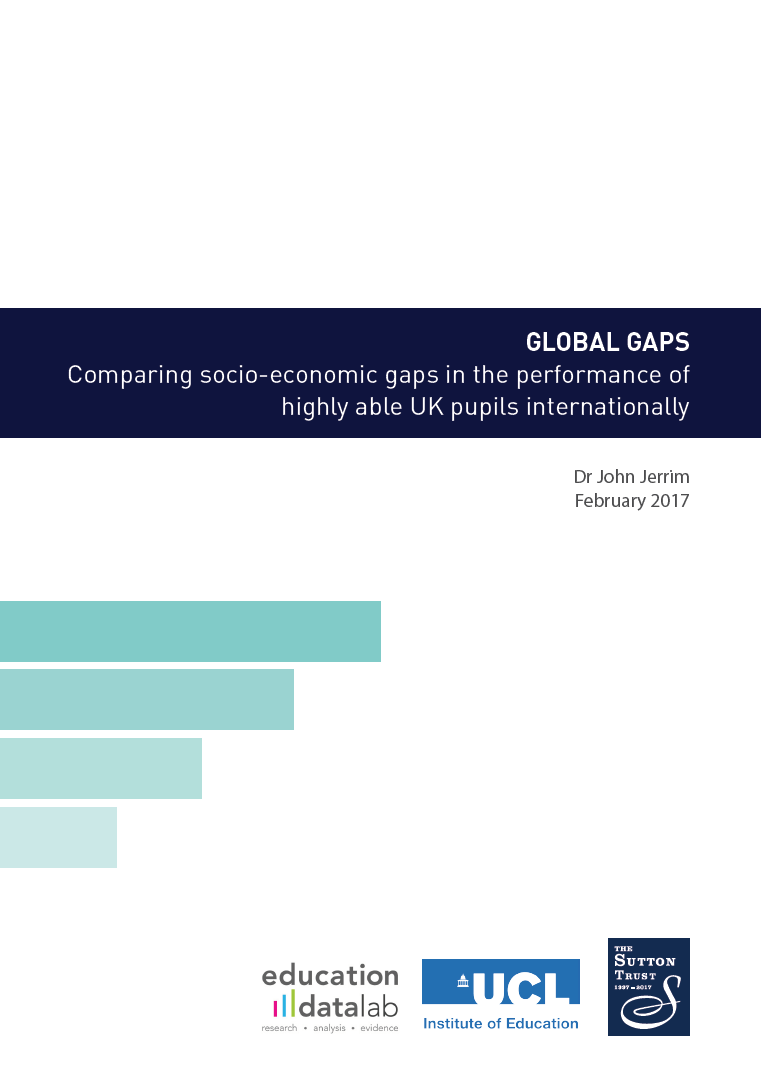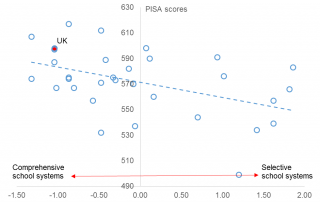Four things PISA tells us about after-school learning
A version of this blogpost also appears on the Sutton Trust website. When the PISA results are released, almost everyone is fixated upon the average scores children have achieved in reading, science and mathematics, and our latest position in the “international rankings”. However, a lot of other information is captured within the study, some of [...]

